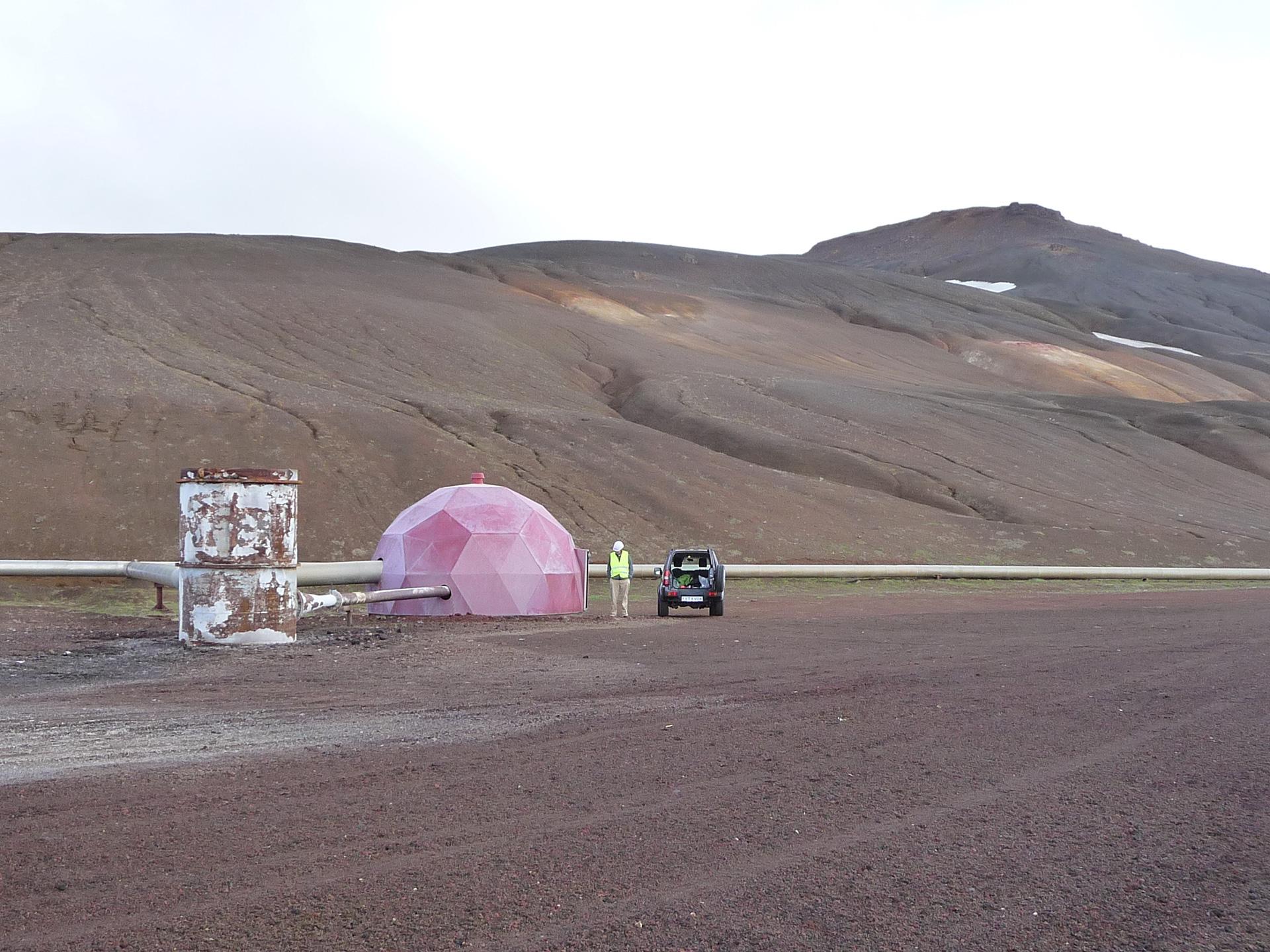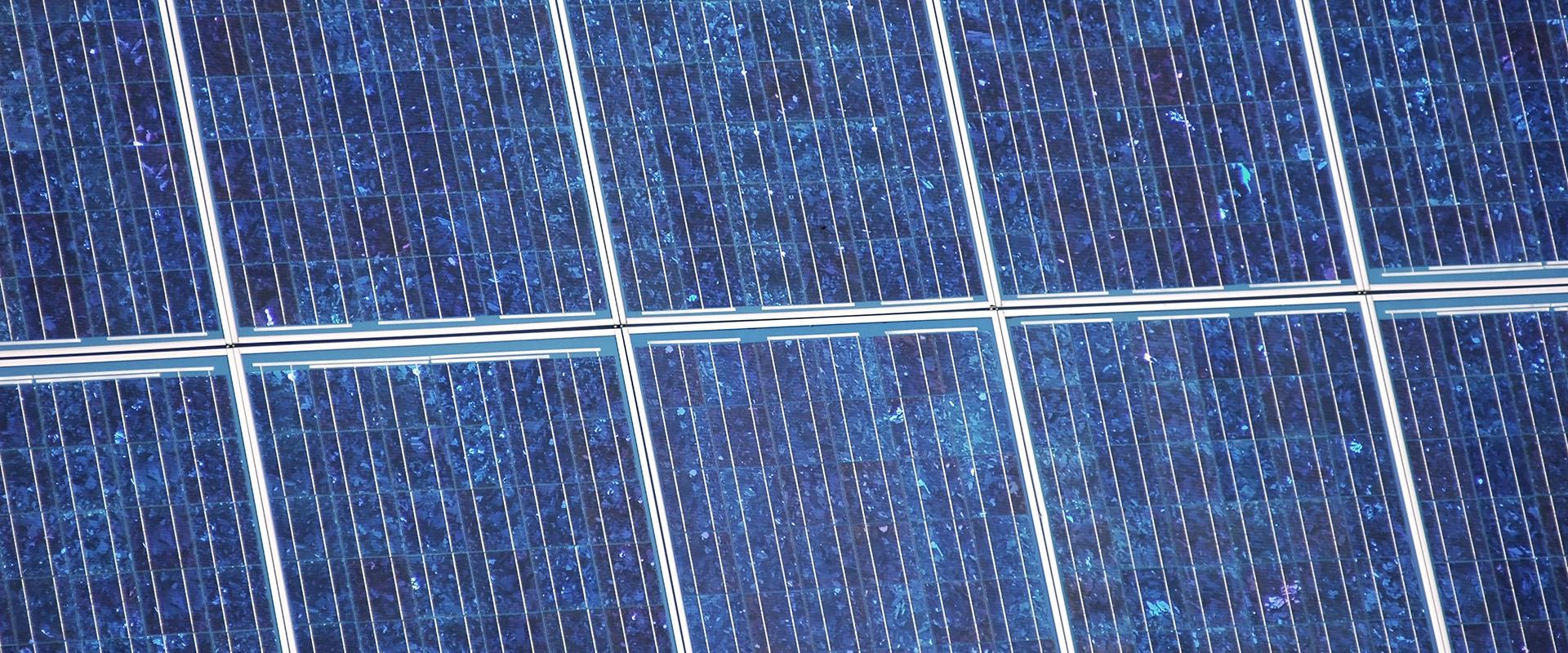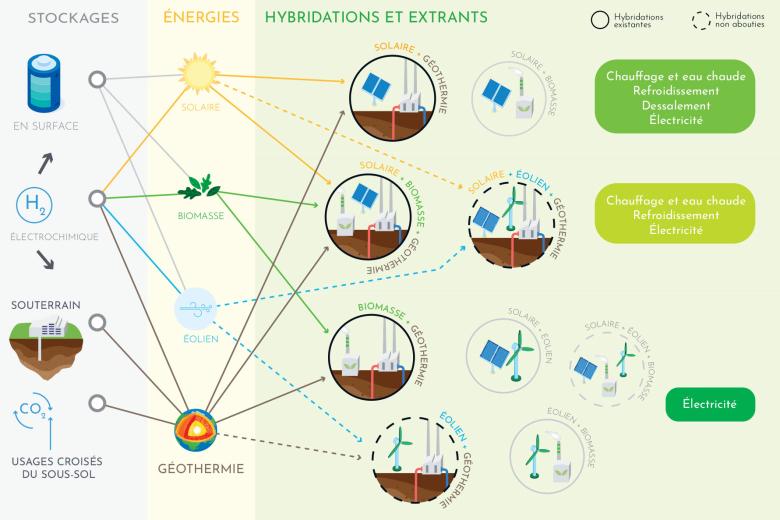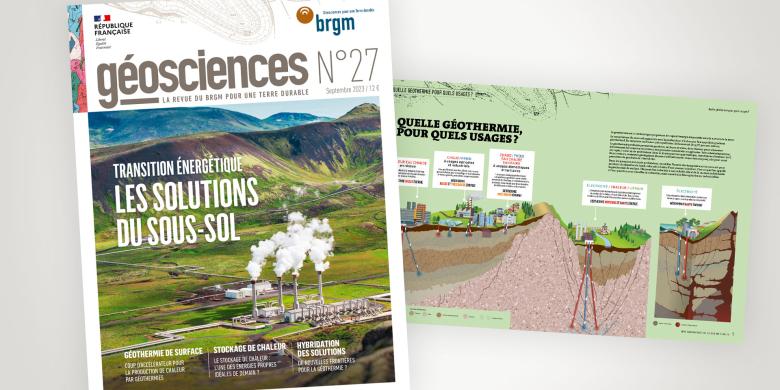The threat and impact of climate change mean that we need to look for decarbonised energy sources, such as renewable energies that are abundant and permanent: sun, wind, tides, heat from the earth, biomass.
However, they are too often assessed independently of each other, thereby overlooking their potential complementarity, which can improve both the efficiency of energy systems and the economic viability of the processes used.
Combining geothermal energy with other technologies to produce electricity, heating, cooling, hydrogen, etc.
Among these renewable energies, geothermal energy has a special place because of its sustainable resources and low environmental impact.
Given the wide range of temperatures exploited by geothermal systems (from 20°C to over 250°C), geothermal facilities can be integrated into a variety of energy systems to produce electricity, heating, cooling, hydrogen and even drinking water or desalinated water.
Towards carbon-free heating and cooling production
The inertia of the subsurface can be used to store surplus heat (from the sun, for example, or from an industrial process) that can then be integrated into multi-source energy systems, particularly heating networks.
While decarbonising energy for buildings has been widely studied for years, the decarbonising of industry is still a major challenge.
Towards carbon-free electricity generation
Hybridising geothermal energy with solar and possibly wind power aims to improve the efficiency of geothermal power plants and increase overall production.
By combining these technologies, which have different production profiles, on the same site, more energy is made available and energy intermittency is reduced. More specifically, photovoltaic solar energy complements geothermal facilities, particularly when the thermal yield of the geothermal unit is at its lowest – generally during the hottest and sunniest periods of the day or year – i.e. when photovoltaic solar energy is most productive.
To compensate for the fact that the temperature of the geothermal fluid is often too low for electrical-power plants to operate at their optimum, hybridisation with biomass also offers good synergy.
Towards the production of hydrogen as an energy vector
Green hydrogen is currently considered to be an essential part of the ongoing energy transition. It is obtained by electrolysis of water using renewable electricity. It provides a clean source of energy, 24 hours a day, 7 days a week.
Geothermal energy production offers a major advantage in terms of the efficiency of green hydrogen production, both in terms of electricity and heat supply.
Towards seawater desalination
Due to environmental changes already under way and future needs, the quality and quantity of water available for consumption will diminish. Over 97% of the world's water is salty.
There are various techniques for desalinating seawater. Of these, the two most representative and used on an industrial scale are membrane-filtering techniques and thermal techniques (thermal distillation). But in all cases, desalinisation requires a lot of energy.
Geothermal energy is of growing interest for desalination, as it provides a constant and stable source of energy for continuous, long-term periods and offers a viable, sustainable and environmentally-friendly option.

There are an increasing number of technological building blocks available that favour the deployment of these solutions for each of the energy sources considered. On the other hand, thorough research is needed to optimise the design and operation of hybrid systems.
Geosciences No. 27: Subsurface solutions for the Energy Transition
Geothermal energy, CO2 or heat storage, access to mineral resources and more. This issue of Géosciences looks at the potential of the subsurface for the energy transition.
Associating the subsurface with the energy transition may appear incongruous. Wind turbines, photovoltaic panels, or possibly hydroelectric dams and nuclear power stations come more readily to mind. And yet, the energy and ecological transition that will gradually lead us to develop low-carbon energy will require us to make increasing use of the resources and potential of the subsurface.
Issue 27 of BRGM's Géosciences magazine investigates subsurface solutions: geothermal energy, CO2 storage, heat storage and hybridisation of these different solutions with other sources of renewable energy. It also looks at access to mineral resources, which are vital to the success of the energy transition.







